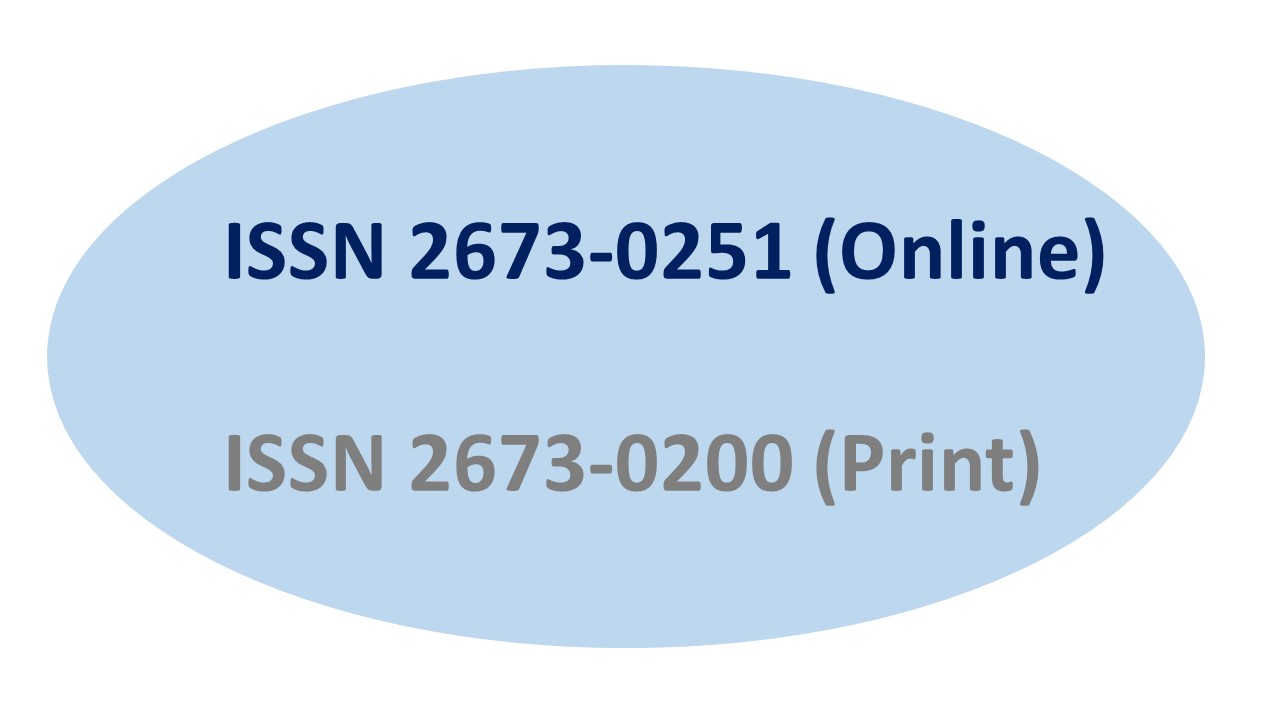Dual Role Conflict and Withdrawal Behaviour of Hospital Female Nurses in Semarang Regency
Keywords:
Dual role conflict, female nurses, withdrawal behaviorAbstract
Background: Central Java is one of opened provinces to female nurses, with an average of 70% female nurses per hospital. Women who become wives and mothers as well as workers, tend to lead them to a conflict of dual roles, and this situation will impact to the performance result. Objectives: To find out relationship of dual roles conflict to withdrawal behavior of female Nurses in RSUD Ungaran. Research Methods: research study used was quantitative research with a correlational research method, design of the research used a cross sectional approach. There are 78 Female Nurses population involved in this study and sample of 65 respondents. The sampling technique of this study was purposive sampling. Results: 58.5% of female Nurses in RSUD Ungaran, Semarang regency do not experience dual role conflict, and 66.2% do not experience withdrawal behavior. Conclusion: there is a significant relationship between dual role conflict with withdrawal behavior in female Nurses. Recommendation: RSUD Ungaran should allocate training and provide facilities to reduce dual role conflict for Female Nurses.
References
Agus Riyanto. (2010). “Aplication Health Research Methodology” Yogyakarta : Nuha Medika.
Ajzen, I., (1991), The Theory of Planned Behavior, Organizational Behavior and Human Decision Processes 50,179–211.
Ferdinand. (2006). Management Research Methodology. Semarang: Badan Penerbit Universitas Diponegoro
Gillies, DA. (2003). Nursing Management: an approach system. Illioni: WB Saunders Company.
Greenhaus, J. H., & Beutell, N. J. (1985). Sources of conflict between work and family roles. Academy of Management Review, 10,76-78.
Jimad, & Habibullah. (2010) “The Impact of Dual Role conflict & Organisation Commitment to Bank Performance Employee”. Journal of Bisnis & Management, Vol. 6 No.3.
Kemenkes RI (2017). Sistem Informasi SDM Kesehatan Diolah Oleh Sekertariat Badan Pengembangan Dan Pemberdayaan Sumber Daya Manusia Kesehatan,http://sisdmk.bppsdmk.kemkes.go.id. Retrieved Januari 4, 2019.
Lohana, J. (2012). Motivation as a Mediation between Work Stress and Withdrawal Behavior in CV. Pamor Sentosa, Malang. Jurnal Manajemen, 5 (2):12-23.
Machfoedz, I.(2013). Health Statistica Deskriptif: (Bo Statistic). Yogyakarta: Fitramaya
Mahdi, K. (2012). The relationship between Work-family Conflict and Withdrawal Behaviour. Management Journal, 1 (4): 44-67.
Notoatmojo, S. (2012). Health Research Methodology. Jakarta : Rineka Cipta
Nursalam. (2014). Applied & Concept Nursing Research Methodology: Penerbit SalembaMedika
Pinder, C. C. (2008). Work Motivation in Employee Behaviours. Academy of Management Journal, 2 (2):128-132
Sari, Dita Fitrisia. (2015). The Impact of dual Role conflict to Work Stess on Female Employe in Dinas Pertanian Provinsi Sulawesi Utara.http://repository.usu.ac.id/bitstream/123456789/44509/4/Chapter%2 0II.-pdf Retrieved Desember 6, 2018
Sugiyono. (2013). Quantitatif & Qualitatif Research Methodology. Bandung : Alfabet
Yavas, U & Babakus, E.(2008) “Attitudinal And Behavioral Consequences of Work-Family Conflict And Family-Work Conflict: Does Gender Matter?”. International Journal of Service Industry Management. Vol 19. N0.
Downloads
Published
Issue
Section
License
If the manuscript is accepted for publication, copyright of the article shall be assigned to the IJPHS. After acceptance of a manuscript, the authors will be requested to complete a copyright transfer agreement form







